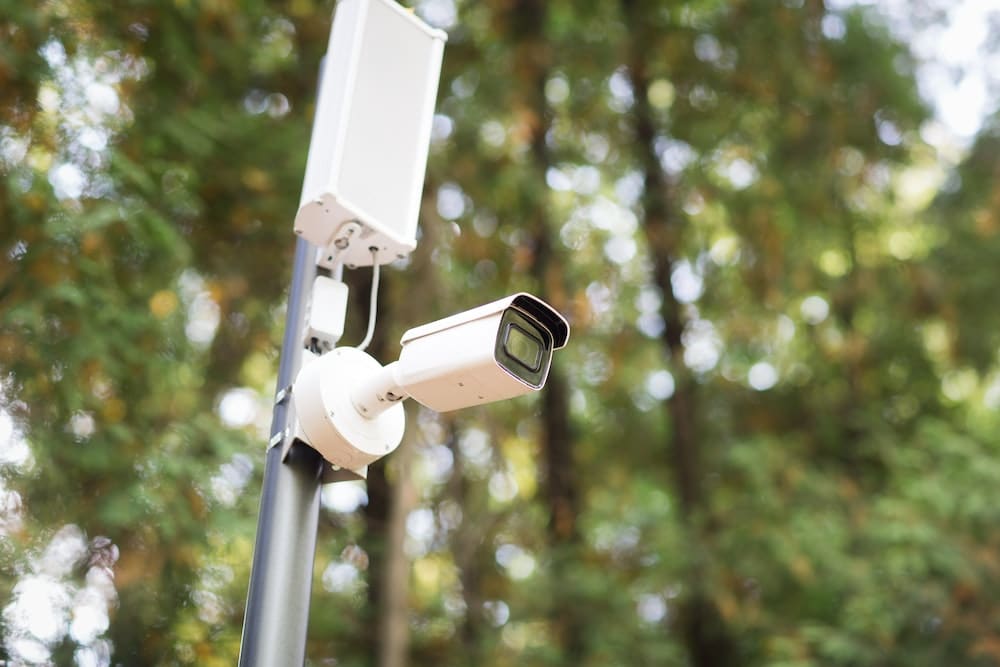What’s the Best Way to Monitor a Cat with Diabetes Through Technology?

With the surge in pet diabetes, primarily in cats, monitoring blood glucose levels has become an urgent necessity. Diabetes is a severe disease that affects both dogs and cats, making daily monitoring imperative for these furry friends. Thanks to advancing technology, tracking your cat’s glucose level is no more a complicated task. This article will explore the best technological tools to monitor a diabetic cat, focusing on Continuous Glucose Monitoring (CGM) systems and Veterinary apps.
Understanding Diabetes in Cats
Before delving into the high-tech solutions, it’s imperative to understand the nature of this condition in felines. Diabetes mellitus, often referred to as sugar diabetes, is a condition that affects the concentration of glucose in a cat’s blood. It’s mainly due to an inadequate response to insulin, the hormone that regulates the level of glucose in the blood.
Also to read : How to Teach a Deaf Cat Safe Behavior Signals for Outdoor Exploration?
In most diabetic cats, the body either fails to respond to insulin or doesn’t produce enough of it, causing glucose levels to rise. With time, this buildup of sugar in the bloodstream may lead to various health complications. Thus, it is crucial to monitor your cat’s blood sugar levels regularly to manage this condition effectively.
Continuous Glucose Monitoring (CGM) For Cats
Continuous Glucose Monitoring (CGM) is a revolutionary technology that offers real-time glucose readings. A small sensor inserted under the cat’s skin measures glucose levels in the body’s interstitial fluid, which is the fluid surrounding the cells. The sensor transmits this data to a device that displays the glucose readings at any time of the day.
This might interest you : How to Protect a Pet’s Paws from Cold Weather Conditions?
With CGM, you can track your cat’s glucose levels throughout the day, even at night. This continuous monitoring allows you to observe patterns and changes in blood sugar levels that may not be apparent with infrequent checks. The convenience of CGM allows you to make timely decisions about your cat’s diet or insulin dosage, potentially reducing the risk of hypoglycemia, a dangerously low level of glucose.
Veterinary Apps for Diabetes Management
In the era of smartphones, there are several apps designed to assist in managing pet diabetes. These apps often allow you to log your cat’s glucose readings, food intake, insulin doses, and other relevant data. Over time, the app will analyze this data and provide valuable insights into your cat’s condition.
Many of these apps also facilitate communication with your veterinary med professional, allowing you to share your pet’s data directly with them. Some also offer additional features like reminders for injections or vet appointments, educational resources, and support communities. With the data at your fingertips, these apps can be a valuable tool in managing your cat’s diabetes effectively.
Key Features to Consider in a CGM Device or App
When choosing a CGM device or an app for your diabetic cat, consider the following features:
Accuracy: This is of utmost importance. The device or app must provide accurate glucose readings to ensure effective management of diabetes.
User-friendly: The tool should be easy to use, with a simple interface. The CGM device should also be comfortable and safe for the cat.
Data Management: The tool must efficiently manage and analyze the data, providing clear insights and trends. It should ideally allow you to share this data with your vet.
Support and Education: The tool should offer adequate customer support and educational resources about diabetes management.
The Role of the Veterinary Professional
While technology provides useful tools for monitoring blood sugar levels in cats, it should not replace the role of a veterinary professional. Regular vet visits are crucial for managing your cat’s diabetes effectively. They can provide a comprehensive evaluation of the cat’s health and make necessary adjustments to the treatment plan.
Remember, technology is a tool to assist you in managing your cat’s diabetes. However, it should not replace regular visits to the vet or ignore any visible signs of distress in your pet. Always consult your vet if you notice any changes in your cat’s behavior or condition.
By utilizing technology and maintaining regular veterinary visits, you can effectively manage your cat’s diabetes and ensure they lead a happy and healthy life.
How Freestyle Libre System Works in Feline Glucose Monitoring
Freestyle Libre is a CGM system popularly used in monitoring glucose levels, including interstitial glucose, in diabetic cats. It involves two parts: a handheld reader and a small disposable sensor about the size of a coin that attaches to your cat’s skin. The sensor measures the glucose concentration in the interstitial fluid every minute and stores the readings. It can store data for up to 8 hours, allowing you to check your cat’s blood glucose levels at any time of the day.
The Freestyle Libre reader scans the sensor to acquire the stored data, presenting it in a simple and understandable format. It provides information about the current glucose level, trending data (whether the glucose level is moving up, down, or stable), and a graph showing the blood glucose changes over the last 8 hours. Furthermore, the reader also provides information about the "time in range," indicating how long your cat’s glucose levels have stayed within the target range.
This system does not require routine finger pricks or calibration, making it a less invasive option for monitoring your cat’s glucose levels. Furthermore, the Freestyle Libre system is waterproof, allowing your cat to bathe, swim, or go about their daily routines without any issues.
However, while the Freestyle Libre provides valuable insight into your cat’s glucose variation, it is not intended to replace blood glucose monitoring. You should still perform periodic blood glucose tests to validate the sensor readings, especially in cases of rapidly changing glucose levels, because interstitial fluid glucose might not accurately reflect blood glucose levels during times of rapid change.
How Technology Can Predict and Prevent Diabetic Ketoacidosis in Cats
Diabetic Ketoacidosis (DKA) is a serious complication of diabetes mellitus in cats. It occurs when there is insufficient insulin in the body, leading to high blood sugar levels and a buildup of acids called ketones in the blood. DKA can lead to severe clinical signs such as vomiting, dehydration, and even coma or death if not treated promptly.
Continuous glucose monitoring, coupled with data analytics from veterinary apps, can help predict the risk of DKA in cats. These tools track blood glucose and other vital data, identifying patterns that may indicate an increased risk of DKA. For instance, a sudden rise in blood glucose levels or a persistent high glucose level despite insulin therapy may be early signs of DKA.
If such patterns are detected, the monitoring system can alert you to take immediate action, such as adjusting your cat’s insulin dosage or scheduling a vet visit. Some apps also provide educational resources on dealing with such situations, equipping you with the knowledge to handle them effectively.
It’s essential to remember that while technology can aid in predicting DKA, it is not a substitute for regular vet visits and keen observation of your cat’s behavior and physical condition. If your cat shows signs of distress or illness, always seek immediate veterinary assistance.
In Conclusion: Technology and Glycemic Control in Cats with Diabetes
With the advancements in technology, monitoring your cat’s diabetes mellitus is now simpler and more efficient. Continuous glucose monitoring systems like Freestyle Libre provide real-time, in-depth insights into your cat’s glucose levels, enabling you to make informed decisions about their diet and insulin dosage.
Veterinary apps complement these devices by providing a platform to log and analyze data, set reminders, and facilitate communication with your vet. These tools can even help predict serious complications such as diabetic ketoacidosis, allowing for timely intervention.
However, technology should complement, not replace, regular vet check-ups and personal observation of your cat’s health. Combining these elements – a CGM device, a reliable vet app, regular vet visits, and keen observation – can ensure effective glycemic control in your diabetic cat, leading to a healthier and happier life for your feline friend.
